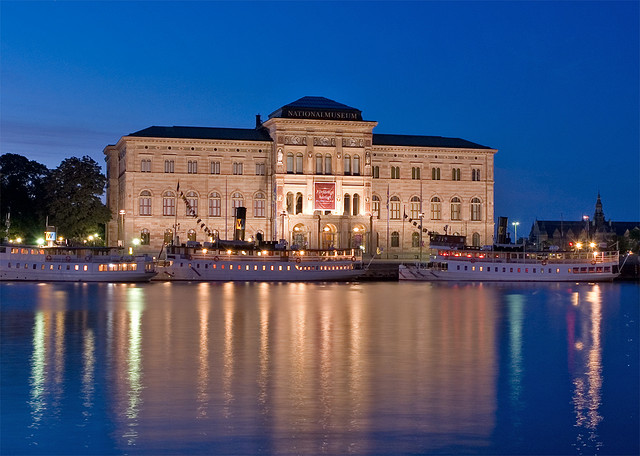 The Los Angeles County Museum of Art (LACMA) features a little bit of everything in displaying more than 100,000 pieces of art from around the world and across many different disciplines and time periods.
The Los Angeles County Museum of Art (LACMA) features a little bit of everything in displaying more than 100,000 pieces of art from around the world and across many different disciplines and time periods.
From Africa to Europe to Japan and China and America, the only unrepresented region seems to be Antarctica, which has never had a very prolific output anyway.
The LACMA opened in 1910 as part of the Los Angeles Museum of History, Science and Art. The museum did not have an art collection at the time, nor did it have the ability to acquire one, so artists loaned their work to the museum on a temporary basis so that they could be displayed.
Since then, its mission has evolved to include the display of a wide selection of art from around the world and, more specifically, to display that art and make it interesting and relevant for as wide an audience as possible.
Admission
Visiting the LACMA costs $9 for adults, $5 for students and seniors and children 17 and younger get in free. The museum is also free to visit after 5 p.m. every day until it closes at 8 p.m.
Special exhibitions require tickets for admission that are roughly double the regular ticket prices, but children are still free and ticket prices are reduced on weekdays.
The biggest trick to visiting the LACMA is figuring out parking. There are three paid parking lots around the museum campus charging varying rates from $5 to $8. There is also metered parking on 6th Street, Wilshire Boulevard and adjacent neighboring streets. Parking is limited during certain hours.
Location
The LACMA is located at 5905 Wilshire Blvd, adjacent to the La Brea Tar Pits. It closes on Wednesdays, Thanksgiving and Christmas, but is otherwise open throughout the year noon to 8 p.m. on weekdays, 11 a.m. to 8 p.m. on weekends.
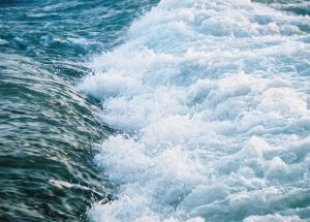 The big rubber rafts that Dalmatia Rafting supplies for your trip down the Cetina River are comfortable and soft and you might be reminded of the deck chair or lounger that you left behind on the beach in order to come out for a drift down the river. The similarities will soon leave your mind.
The big rubber rafts that Dalmatia Rafting supplies for your trip down the Cetina River are comfortable and soft and you might be reminded of the deck chair or lounger that you left behind on the beach in order to come out for a drift down the river. The similarities will soon leave your mind. While Guatemala has a higher crime rate than some of the other countries in Central America, many tourists travel here every year without any problems. Staying safe in Guatemala is an easy thing to do if you follow a few simple rules and keep your wits about you. If you have traveled safely in other third world destination, you should have no problem staying safe in Guatemala.
While Guatemala has a higher crime rate than some of the other countries in Central America, many tourists travel here every year without any problems. Staying safe in Guatemala is an easy thing to do if you follow a few simple rules and keep your wits about you. If you have traveled safely in other third world destination, you should have no problem staying safe in Guatemala.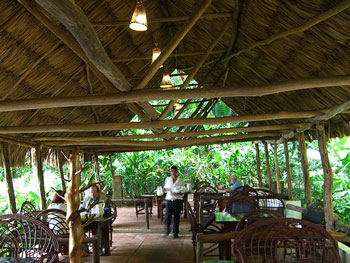 One of the most popular eco lodges in all of Guatemala, has to be the Chiminos Island Lodge. The Chiminos Island Lodge is located about six and a half hours from Guatemala City, but most people come here from the nearby city of Flores. From Flores, is only about a one hour drive to Chiminos Island Lodge. Once here, be prepared to experience the nature of Guatemala in a very unforgettable way.
One of the most popular eco lodges in all of Guatemala, has to be the Chiminos Island Lodge. The Chiminos Island Lodge is located about six and a half hours from Guatemala City, but most people come here from the nearby city of Flores. From Flores, is only about a one hour drive to Chiminos Island Lodge. Once here, be prepared to experience the nature of Guatemala in a very unforgettable way.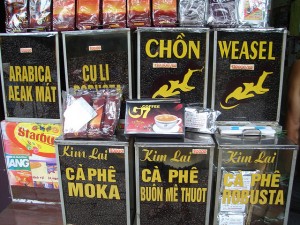 In a country where snake blood is an occasional meal choice it may not come as a surprise that the most popular Vietnamese cafes offer a rather interesting menu choice: weasel coffee.
In a country where snake blood is an occasional meal choice it may not come as a surprise that the most popular Vietnamese cafes offer a rather interesting menu choice: weasel coffee.  Although recognized in Vietnam, the Gregorian New Year has not been generally accepted in the country and particularly in the countryside. So Tet is a lot more than just the New Year spent in the West.
Although recognized in Vietnam, the Gregorian New Year has not been generally accepted in the country and particularly in the countryside. So Tet is a lot more than just the New Year spent in the West. 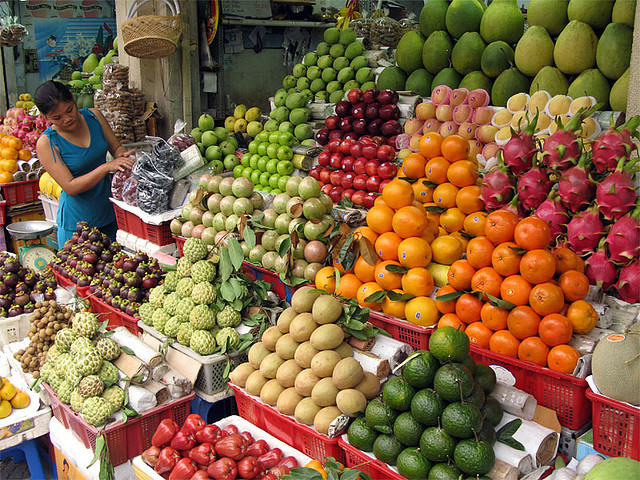
 Guatemala has been gaining popularity by hardcore backpackers for some time now. Maybe it is the overly friendly people, the countries beautiful landscapes, or the abundance of history. I would guess though, that it has more to do with how far you can make your budget stretch here. While many places in Central America are backpacker budget friendly, Guatemala is certainly near the top of the list.
Guatemala has been gaining popularity by hardcore backpackers for some time now. Maybe it is the overly friendly people, the countries beautiful landscapes, or the abundance of history. I would guess though, that it has more to do with how far you can make your budget stretch here. While many places in Central America are backpacker budget friendly, Guatemala is certainly near the top of the list. There are two distinct stories of Brijuni Beach. The first is of a fairy tale secluded romantic getaway for lovers that brings two people closer together walking hand in hand on the soft sand as the sun sets and waves flirt with toes and the sounds of silence accentuate the conversation. Brijuni is often voted Croatia’s most romantic beach and sometimes one of the top beaches for couples in Europe.
There are two distinct stories of Brijuni Beach. The first is of a fairy tale secluded romantic getaway for lovers that brings two people closer together walking hand in hand on the soft sand as the sun sets and waves flirt with toes and the sounds of silence accentuate the conversation. Brijuni is often voted Croatia’s most romantic beach and sometimes one of the top beaches for couples in Europe.